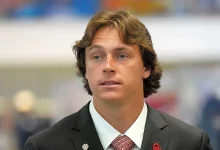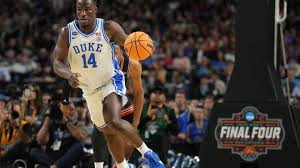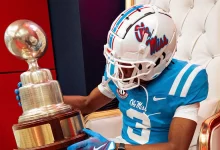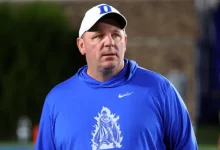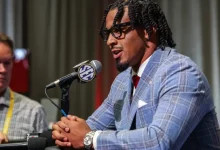Oklahoma adds to front office right after slashing athletics jobs
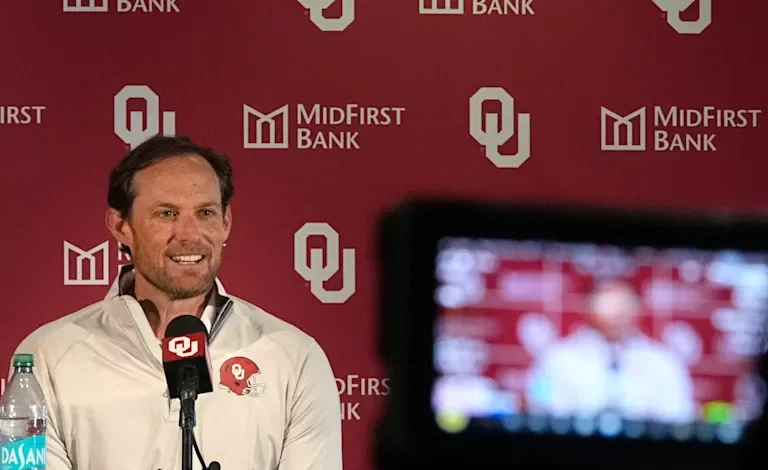
In a significant development within collegiate athletics, the University of Oklahoma (OU) has undertaken a dual strategy of reducing operational costs while simultaneously enhancing its football program’s organizational structure. This approach reflects OU’s proactive stance in adapting to the evolving landscape of college sports, particularly in light of impending changes related to revenue sharing and the professionalization of college football.
In early 2025, OU faced financial pressures stemming from the anticipated implementation of revenue-sharing agreements with student-athletes, a result of the House v. NCAA settlement. Athletic Director Joe Castiglione communicated to fans that the university was prepared to allocate approximately $20.5 million annually to comply with these new requirements . To manage this substantial increase in expenses, OU initiated cost-cutting measures, including reductions in certain athletic department positions.
Despite these budgetary adjustments, Castiglione emphasized OU’s commitment to all 21 of its sports programs, asserting that the department remains economically self-sustaining and does not rely on student or public funds . This underscores the university’s intent to balance fiscal responsibility with its dedication to maintaining a comprehensive athletic program.
Concurrently, OU has made strategic hires to bolster its football program’s infrastructure in anticipation of the shifting dynamics in college athletics. Former NFL executive Jim Nagy was appointed as the general manager of the football team. Nagy brings a wealth of experience, having served in scouting roles with several NFL teams and as the executive director of the Senior Bowl . His role is designed to professionalize the program’s operations, focusing on talent evaluation, roster management, and player development.
Additionally, Randall Stephenson, former chairman and CEO of AT&T, was engaged as an unpaid executive advisor to assist in restructuring OU’s budget and developing a football structure akin to professional sports teams . Stephenson’s expertise is expected to guide the university through the complexities of revenue sharing and the evolving landscape of college sports.
OU’s approach reflects a nuanced strategy of balancing necessary cost reductions with targeted investments in areas that promise long-term benefits. While certain positions were eliminated to accommodate the financial demands of revenue sharing, the university has strategically invested in enhancing its football program’s organizational structure. This dual approach aims to ensure compliance with new regulations while positioning the program for sustained success in a more competitive and financially complex environment.
As college athletics continues to evolve, OU’s proactive measures serve as a model for other institutions navigating similar challenges. By making informed decisions that balance fiscal responsibility with strategic investment, OU aims to maintain its competitive edge and uphold its commitment to providing student-athletes with the resources and support necessary for success.
In conclusion, Oklahoma’s recent actions underscore the importance of adaptability and foresight in the rapidly changing landscape of college sports. Through a combination of cost management and strategic enhancements, the university is positioning itself to thrive in the new era of collegiate athletics.

